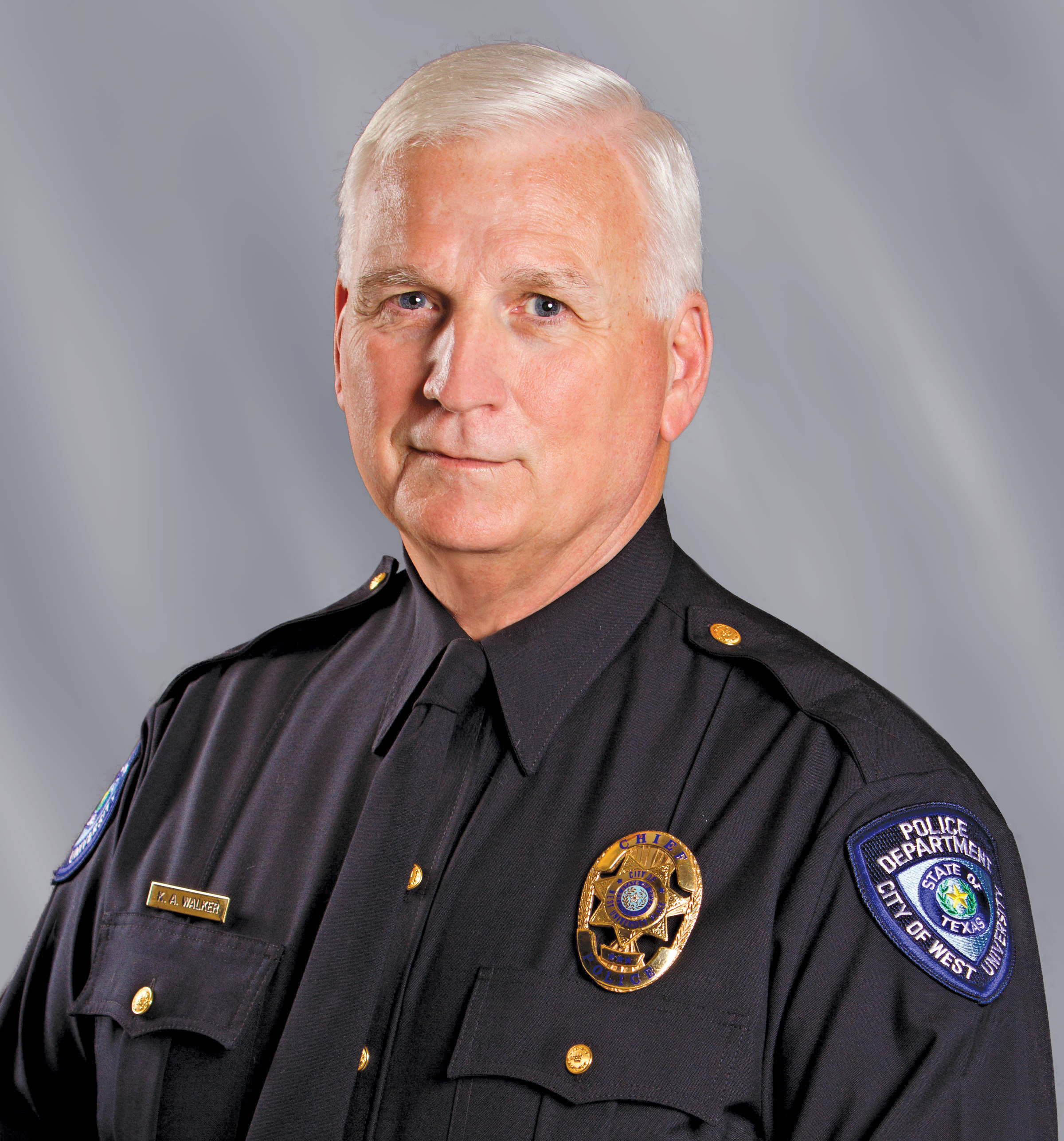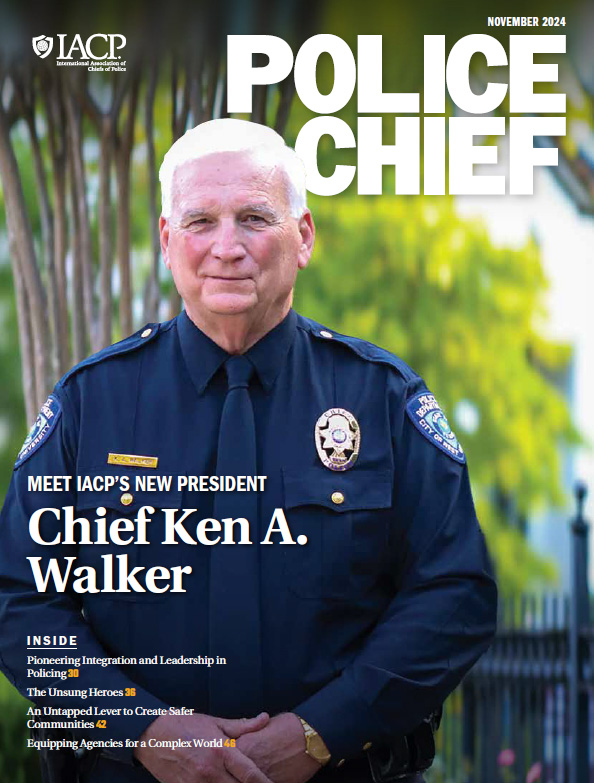When I reflect back upon 2013, I think of how this year has been particularly devastating when it comes to active shooter incidents and violent attacks. These incidents are on the rise, and even more alarming, they seem to be getting more deadly. Active shooters seek out places of mass gatherings—our schools, shopping malls, airports, and movie theaters—with the goal of having a large and fatal impact. That is why it is imperative that your law enforcement agencies and communities are prepared with the knowledge they need to respond to and deter these events.
For those of you who attended the IACP 2013 Conference in Philadelphia, Pennsylvania, you are aware that a central focus of the conference was on strategies to help prevent, deter, respond, and recover from these critical and tragic incidents. Working closely with key partners from the Department of Justice (DOJ), Department of Homeland Security (DHS), Federal Bureau of Investigation (FBI), and chiefs of police who had firsthand experience dealing with these events, we conducted several workshops and panels on active shooter situations. Chief Michael Kehoe, Newtown Police Department, Connecticut; Chief Daniel Oates, Aurora Police Department, Colorado; and Chief Todd Evans, Fountain Police Department, Colorado, all shared their insights and recommendations on what agencies should do before and during an active shooter event.



